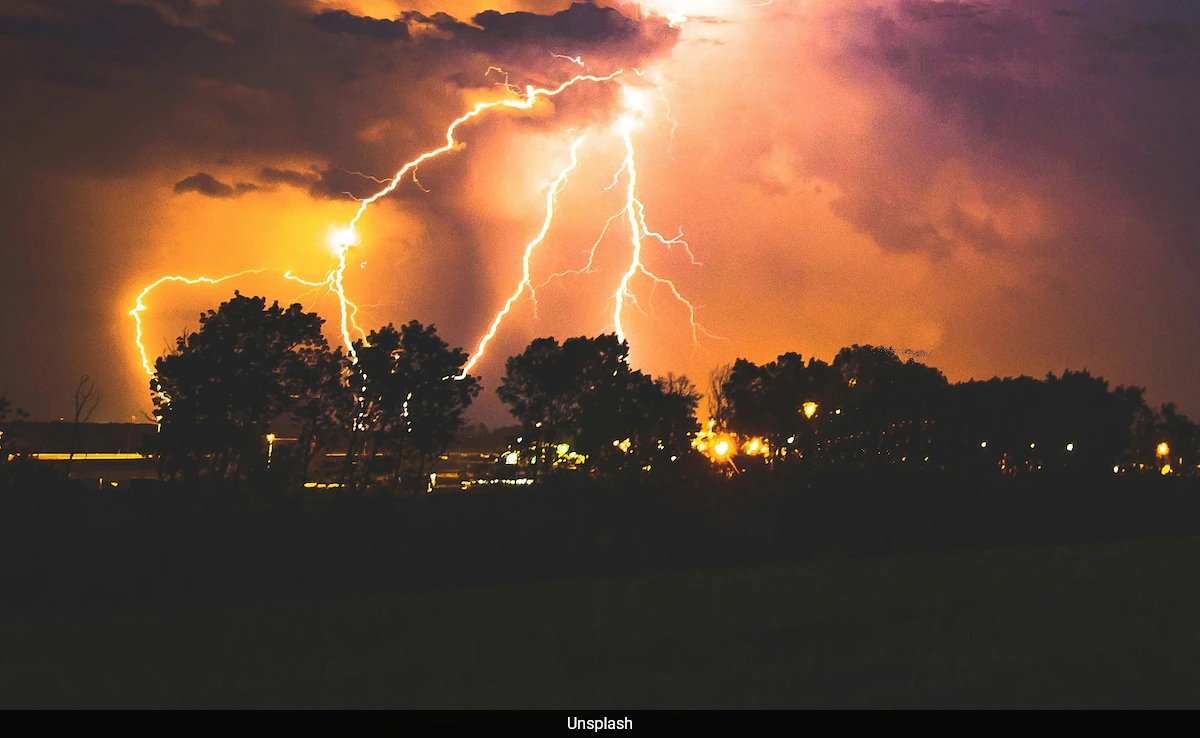Watch: Japan's Drone Technology Turns Lightning Into A Controlled Force

Quick Take
Summary is AI generated, newsroom reviewed.
The method uses electric field fluctuations to protect infrastructure.
Drones attract lightning strikes and safely guide them to the ground.
Stored lightning energy can be converted into kinetic and magnetic forms.
Japan’s Nippon Telegraph and Telephone Corporation (NTT) has pioneered a groundbreaking technology that claims to successfully trigger and draw lightning using a drone equipped with a lightning protection cage. This innovative method leverages electric field fluctuations to predict and potentially protect critical infrastructure from lightning strikes. With approximately 6,000 lightning bolts striking the ground worldwide every minute, this technology holds promise for revolutionising lightning protection and mitigating damage to cities and infrastructure globally.
Watch the video here:
According to NTT, the technology uses lightning-resistant UAVs (unmanned aerial vehicles), such as drones, flying near thunderclouds at high altitudes to attract and guide lightning strikes safely to the ground via conductors, thereby protecting people and equipment from damage. Additionally, the lightning energy is harnessed and stored using compressed air and other charging methods.
NTT’s goal is to reduce damage caused by lightning strikes worldwide, with the ultimate aim of absorbing thundercloud energy and eliminating lightning strikes that reach the ground. The company has begun developing the technology to attract lightning strikes with high accuracy and safety, focusing on improving UAV resistance to lightning currents and strong electromagnetic fields. This will enable stable flight even under lightning clouds. Furthermore, NTT aims to convert and store lightning energy into kinetic and magnetic energy, establishing a lightning charging technology.
This technology has the potential to benefit infrastructure companies, including telecommunications and electric power providers, as well as government agencies and local governments, by protecting their facilities from lightning strikes.






